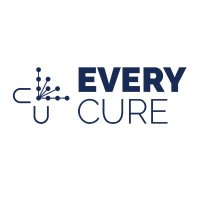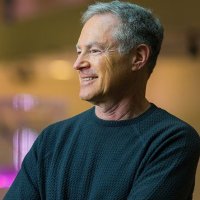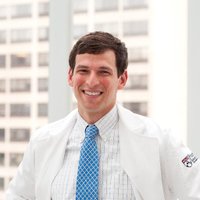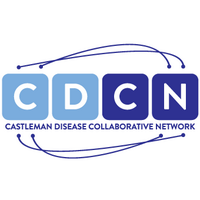
Every Cure
@everycure
We leverage #ai to unlock the power of each and every drug to treat each and every potential disease they possibly can.
Inspired by @DavidFajgenbaum
ID: 1565458837867532288
http://www.everycure.org 01-09-2022 21:57:39
437 Tweet
1,1K Followers
235 Following

We are incredibly honored to have Eric Horvitz join Every Cure's Board of Directors! Eric has been a pioneer in artificial intelligence for decades and will help guide Every Cure in our pursuit of leveraging AI to unlock hidden cures.

Fabulous team that’s making concrete progress on an important & promising mission. Every Cure David Fajgenbaum, MD

I'm super excited to share that Every Cure has just completed its most recent round of hiring! We're now up to over 25 team members with experiences across a variety of industries. Our tech team has members who've been leading AI driven drug discovery for pharmaceutical




To develop a new drug from scratch, a drug company needs to invest 10 years and a billion dollars. However for every clinical trial that Every Cure embarks on, we're looking at an investment of $1 to $5 million. This dramatic reduction is possible because we're not starting from



At Every Cure, we are pioneering the use of agent-based models to revolutionize drug repurposing. We first rank all 3,000 FDA-approved drugs against 22,000 diseases, generating 66 million scores. After generating initial scores for potential treatments, we are pioneering

We had such a great time sitting down with Nobel Prize winner Dr. Drew Weissman a couple weeks ago at the Every Cure All-Hands Meeting! We discussed everything from drug repurposing to what it’s like to win the Nobel Prize! Check out our full discussion with timestamps below:









